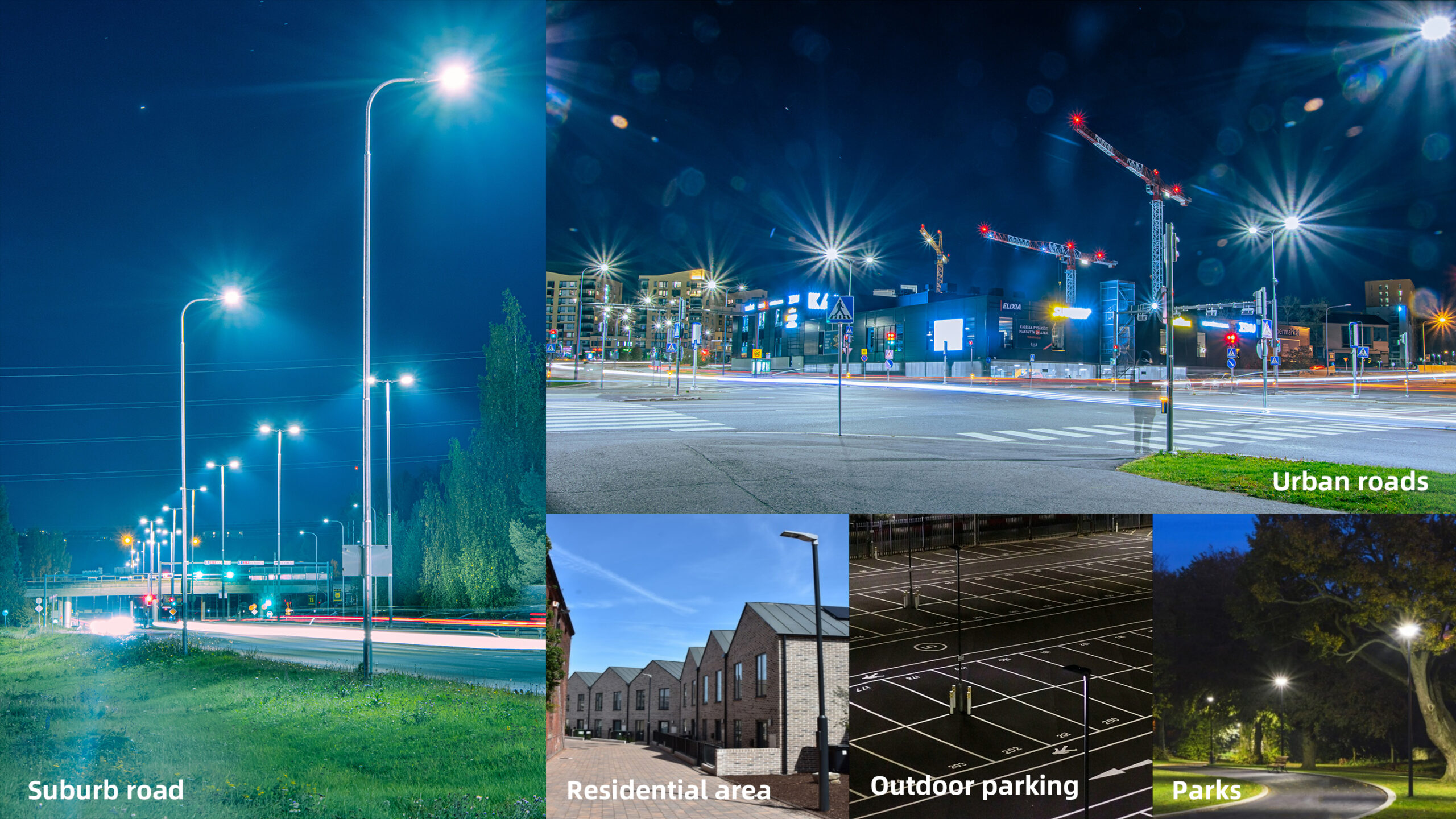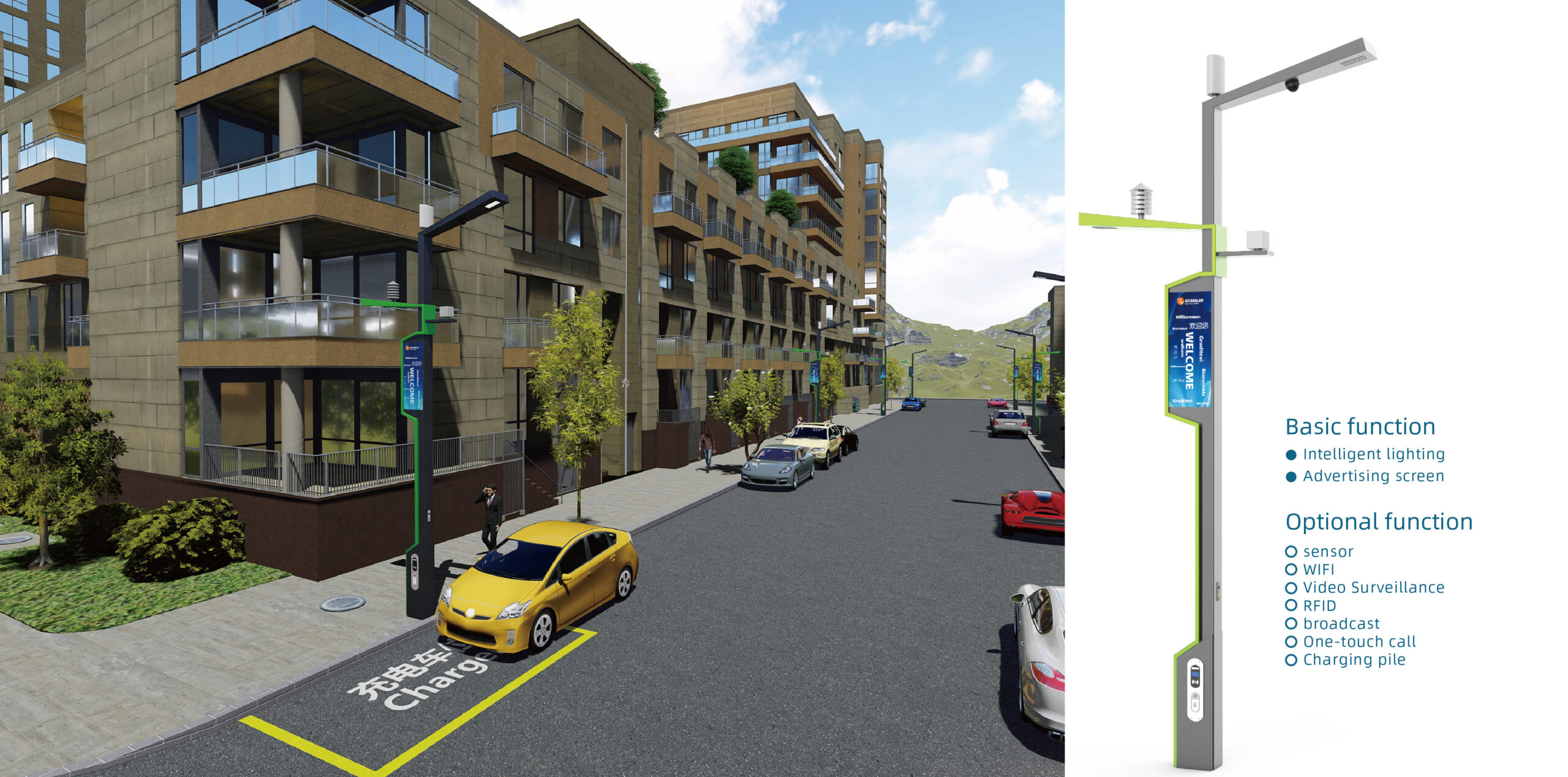
According to recent statistics, the global market for LED street lighting is projected to reach a staggering $12 billion by 2025, driven by increasing urbanization and the demand for energy-efficient solutions. This remarkable growth underscores the transformative impact of LED technology on road and street lighting design.
The Market Attributes of LED Road and Street Lighting Design
led road and street lighting design represents a significant advancement in public infrastructure, characterized by its energy efficiency, longevity, and reduced maintenance costs. The market attributes of this innovative solution include lower operational expenses due to decreased electricity consumption as well as extended lifespans that can exceed 20 years. Furthermore, when considering Life Cycle Costing (LCC), it becomes evident that initial investments are offset over time through savings on energy bills and maintenance efforts.
Mason’s Perspective on Life Cycle Costing in LED Road Lighting
Mason’s approach to Life Cycle Costing emphasizes the importance of evaluating not just upfront costs but also long-term financial implications associated with various lighting technologies. By applying LCC principles specifically to LED road lighting systems, Mason highlights how these designs contribute significantly to cost savings throughout their operational life. His analysis suggests that while LEDs may have higher initial purchase prices compared to traditional options like sodium vapor lamps, their superior efficiency leads to substantial reductions in total ownership costs over time.
Click 300w led linear high bay light manufacturing.
The Characteristics of 300W LED Linear High Bay Light Manufacturing in Life Cycle Costing

- Initial Investment: The upfront cost for manufacturing 300W LED linear high bay lights tends to be higher than conventional alternatives; however, this is mitigated by their enhanced performance metrics.
- Energy Efficiency: These lights consume significantly less power—upwards of 50% less—compared with traditional fixtures which translates into lower utility bills during operation.
- Lifespan: With an average lifespan exceeding 50,000 hours under optimal conditions, they reduce frequency and costs associated with replacements or repairs.
- Maintenance Costs: Their durability results in fewer maintenance interventions required over time; thus minimizing labor expenses related to upkeep.
- Sustainability Impact: Utilizing environmentally friendly materials contributes positively towards sustainability goals while potentially qualifying projects for green certifications or incentives.
A Concluding Reflection on Life Cycle Costing within LED Road Lighting Design
The exploration into the characteristics of led road and street lighting design reveals profound insights regarding its advantages from a Life Cycle Costing perspective. As we consider both immediate expenditures alongside long-term benefits such as reduced energy use and minimal maintenance requirements, it becomes clear that investing in advanced technologies like LEDs not only enhances public safety but also promotes economic viability across urban landscapes. Ultimately, embracing these innovations will pave the way toward smarter cities equipped with sustainable infrastructures capable of meeting future demands efficiently.
